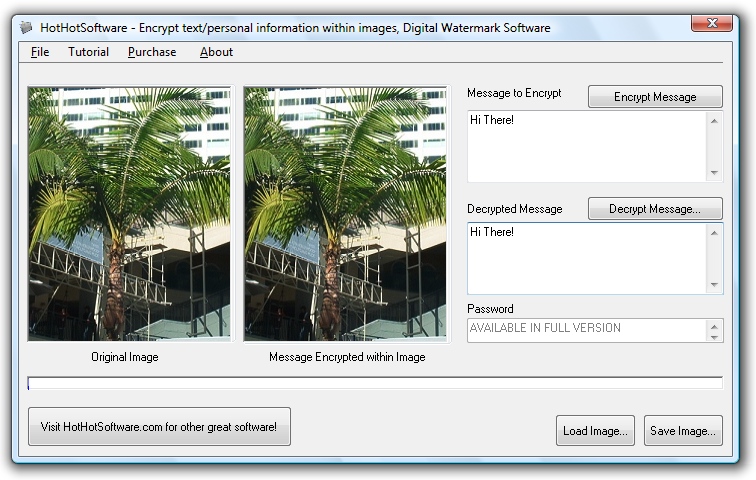

We gonna use different hash algorithms on this message string, starting with MD5: # hash with MD5 (not recommended) # encode it to bytes using UTF-8 encoding In this tutorial, we will be using the hashlib built-in module to use different hash algorithms in Python.
#Md5 encoding function in vba how to
Read also: How to Transfer Files in the Network using Sockets in Python. In fact, whether you're storing your files on a cloud storage system, using a Git version control system, connecting to an HTTPS website, connecting to a remote machine using SSH, or even sending a message on your mobile phone, there's a hash function somewhere under the hood. That's not it there are many examples of their use, including digital signatures, public-key encryption, message authentication, password protection, and many other cryptographic protocols. Using hashing values, you'll be able to tell if some file isn't modified since creation ( data integrity). Now, you may be thinking, then what's the benefit of using hashing algorithms? Why not just use encryption? Well, even though encryption is important for protecting data ( data confidentiality), sometimes it is important to be able to prove that no one has modified the data you're sending. The most important thing about these hash values is that it is impossible to retrieve the original input data just from hash values.

The output hash value is literally a summary of the original value.
Hashing algorithms are mathematical functions that convert data into fixed-length hash values, hash codes, or hashes. Disclosure: This post may contain affiliate links, meaning when you click the links and make a purchase, we receive a commission.


 0 kommentar(er)
0 kommentar(er)
